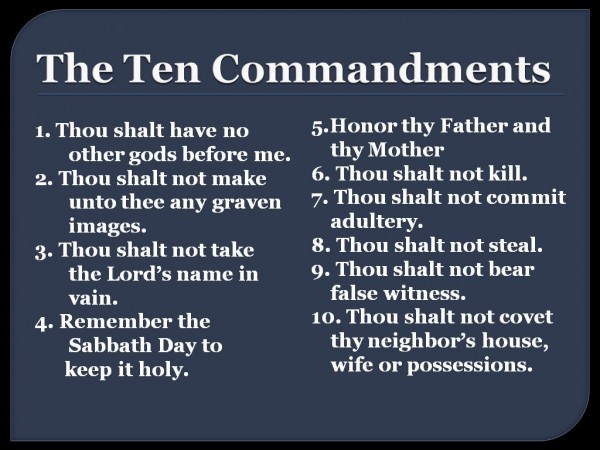
Close of the 10 Commandments
Today we close the study of the 10 Commandments Ten Commandments TABLETS OF STONE http://andnowyouknowmore.blobspot.com/2015/04/todaywe-look-at-the-TABLETS-OF-STONE .html There are those who try to negate the…

Today we close the study of the 10 Commandments Ten Commandments TABLETS OF STONE http://andnowyouknowmore.blobspot.com/2015/04/todaywe-look-at-the-TABLETS-OF-STONE .html There are those who try to negate the…
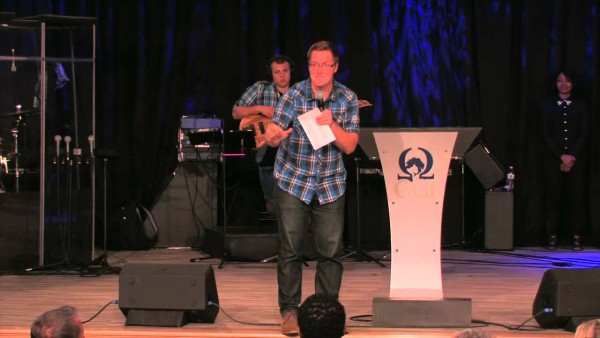
Visit our website for live chat at ociministries.org
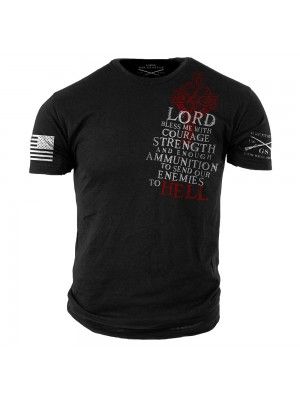
How can you identify a spiritual attack? Here are eight symptoms of an attack: 1. Lack of spiritual passion. The enemy comes to steal…

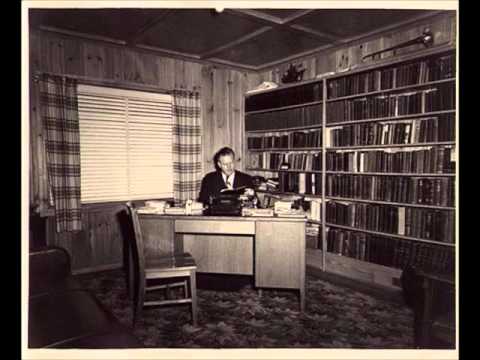
Can people chew gum in church and explain Revelation 22….?

In the last few days a dear and close brother of about four decades one whom I have up most confidence told me he…
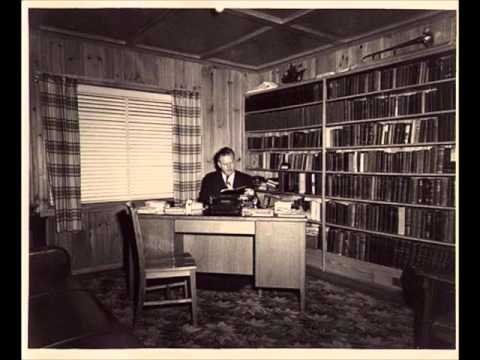
Do you believe there were people before Adam and Eve?

Dr. Steve Yamaguchi thanks our partners in mission in their native languages. Our partnerships with our African friends are characterized by mutual respect and…
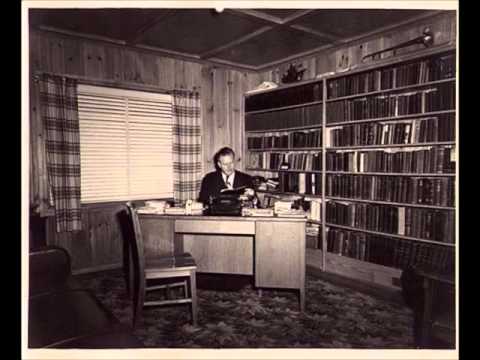
Will the rapture take place before the war over the 10 kingdoms?
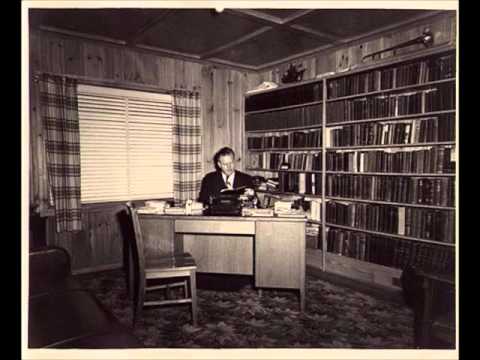
Will antichrist affect America?
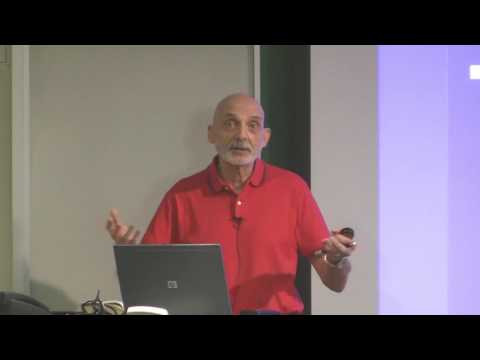
Dr. Perry Phillips earned a Ph.D. in Astro-Physics from Cornell University. He has an M. Div. from Biblical Theological Seminary and an M.A. from…
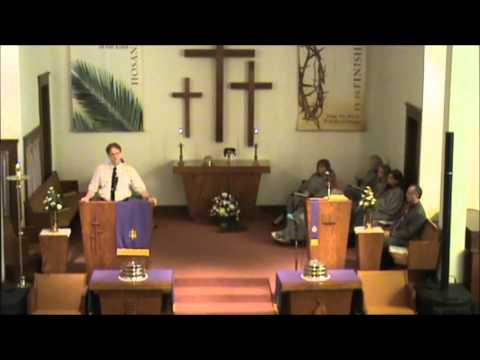
This is an extract from one of our timeline projects. Please visit our timeline website for more information and to access our online editions….